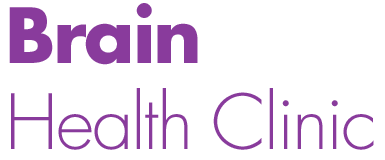
When you studied biology in high school, you likely heard about the voluntary and the involuntary nervous systems. One of these systems you consciously controlled, using it to move your limbs, direct your gaze, and interact with the environment. That was the voluntary nervous system. The involuntary system handled all the other tasks that you never really thought about very much: your breathing, digestion, heartbeat, and so on.
In medical terms, we call the voluntary nervous system the somatic nervous system. Taken from somatikos, the Greek word for “of the body”, it’s the body system that lets you control your movements and actions. The involuntary nervous system is the autonomic nervous system. The word autonomic implies something that happens automatically or spontaneously. Of course, that idea does not do a good job of conveying the reality of our bodies, because our conscious thoughts can affect the operation of certain parts of the autonomic nervous system. That is a major basis of what we help patients do here at the Brain Health Clinic via neurofeedback and biofeedback.
Further Defining the Autonomic Nervous System
The autonomic nervous system is further divided into the parasympathetic nervous system, the sympathetic nervous system, and the enteric nervous system. While the enteric nervous system is strictly associated with the operation of the gastrointestinal system without active input from your brain, the sympathetic and parasympathetic nervous systems have a much wider reach throughout your body.
These two systems are also complementary to one another. While the sympathetic nervous system (SNS) causes your pupils to dilate, the parasympathetic nervous system (PNS) causes them to constrict. The SNS relaxes your urinary bladder muscles and the PNS causes them to constrict. The SNS increases your heart rate and the PNS decreases your heart rate. If the SNS is linked to the “fight or flight” reaction of your body to stress and external stimuli, the PNS is attached to the “rest and digest” functions of the body. Both need to work properly for your body to be healthy.
Therefore, in a future article, we will look at how the techniques of biofeedback and neurofeedback affect the operation of both the PNS and the SNS. In this way, we hope to help our Sacramento clients to have a better understanding of how their therapy from the Brain Health Clinic is directly assisting them to improve their health.
